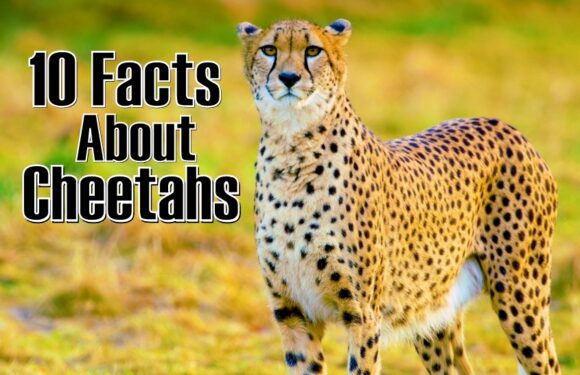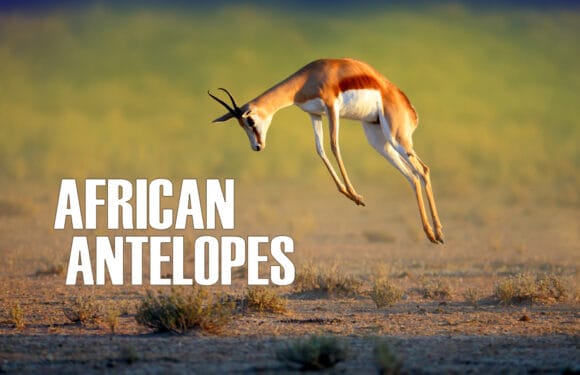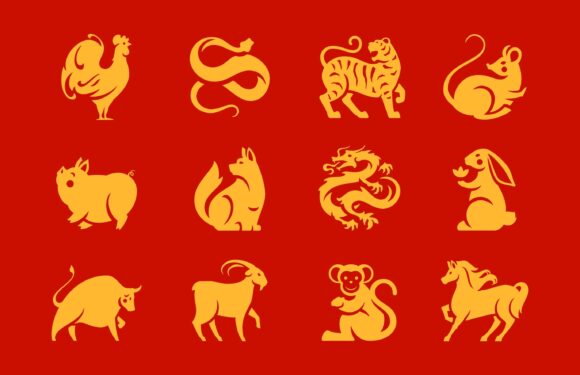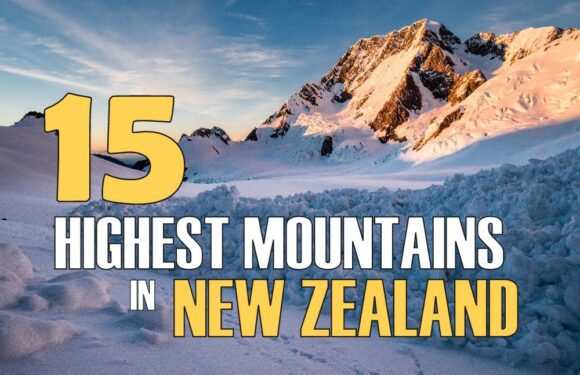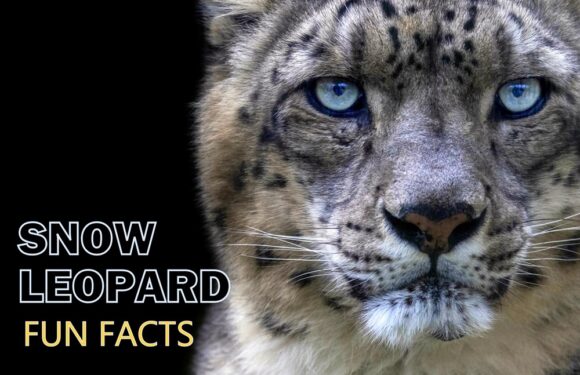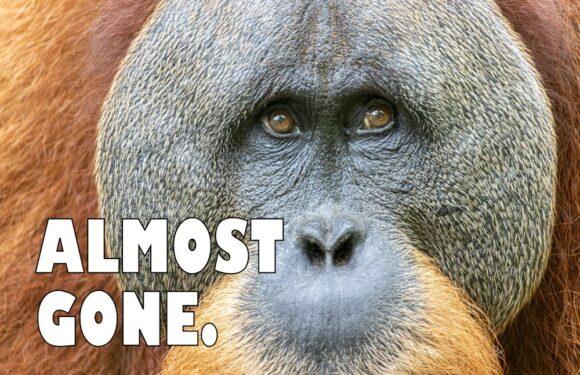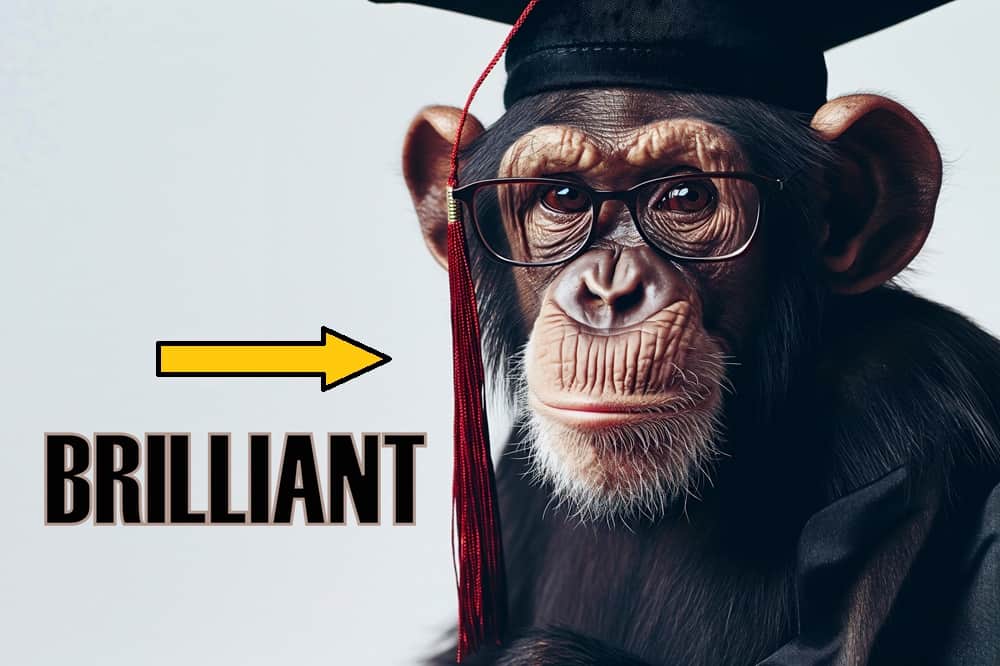
How is Animal Intelligence Evaluated?
Intelligence in the animal kingdom takes many forms, ranging from problem-solving abilities to communication skills. Rating animal intelligence, however, is not straightforward. While intelligence in humans is often associated with logical reasoning, problem-solving, and language, these criteria might not be applicable or sufficient in animals. Therefore, animal intelligence encompasses a broader spectrum.
One of the biggest challenges in rating animal intelligence is avoiding anthropomorphism – the attribution of human characteristics to animals. Intelligence in animals must be understood on their terms. In other words, one must ask whether their adaptations and traits are intelligent in their environment.
It’s also essential to view animal intelligence as a spectrum rather than a hierarchy. There is much room for debate when it comes to ranking each species against one another. These animals have evolved intelligence in different ways, suited to their ecological niches. Therefore, what might be a sign of intelligence in one species may not be relevant or necessary for another.
Encephalization Quotient

The ratio of brain size to body size, often referred to as the encephalization quotient (EQ), is sometimes used as a rough measure of intelligence, though it’s not without its limitations. The EQ doesn’t take into account differences in brain structure and functionality. Certain animals might have smaller brains but have areas that are highly specialized and efficient.
Humans have a notably high EQ (around 7), far surpassing other mammals. However, it’s an oversimplification to equate brain size with intelligence uniformly. Brain size does not always directly correlate with intelligence. For example, Neanderthals had larger brains than modern Homo sapiens but are not considered to have been more intelligent.

Modern neuroscience focuses more on neuroplasticity, neural connectivity, and the functionality of different brain regions. These factors can be more indicative of cognitive abilities than sheer brain size. The true measure of an animal’s intelligence likely lies in a combination of brain size, structure, and other cognitive attributes tailored to their specific way of life.
Number of Neurons
Measuring animal intelligence by counting neurons is a method that has gained attention in recent years. Neurons are fundamental units of the brain and the nervous system, responsible for processing and transmitting information. Theoretically, the number of neurons, particularly in the cerebral cortex (the part of the brain associated with higher cognitive functions), could provide insights into the potential for intelligence.

While neuron count can provide some insights, it’s challenging to translate this directly into a measure of intelligence that is comparable across different species. The structure of the brain and how neurons are connected can be as important as the number of neurons.
Problem Solving Skills
One of the primary methods of gauging animal intelligence is through observing and interpreting their behavior. Studies often focus on problem-solving skills, the use of tools, and the ability to adapt to new challenges. For example, crows demonstrate solid problem-solving abilities and are even known to craft and use tools, indicating a level of intelligence that challenges many preconceptions.

Communication and Social Structures
Communication complexity and social interactions are also critical indicators of intelligence. Species like dolphins and elephants, known for their sophisticated social structures, exhibit behaviors that suggest a high level of cognitive and emotional intelligence. These include intricate communication systems, empathy, cooperative strategies, and social learning.
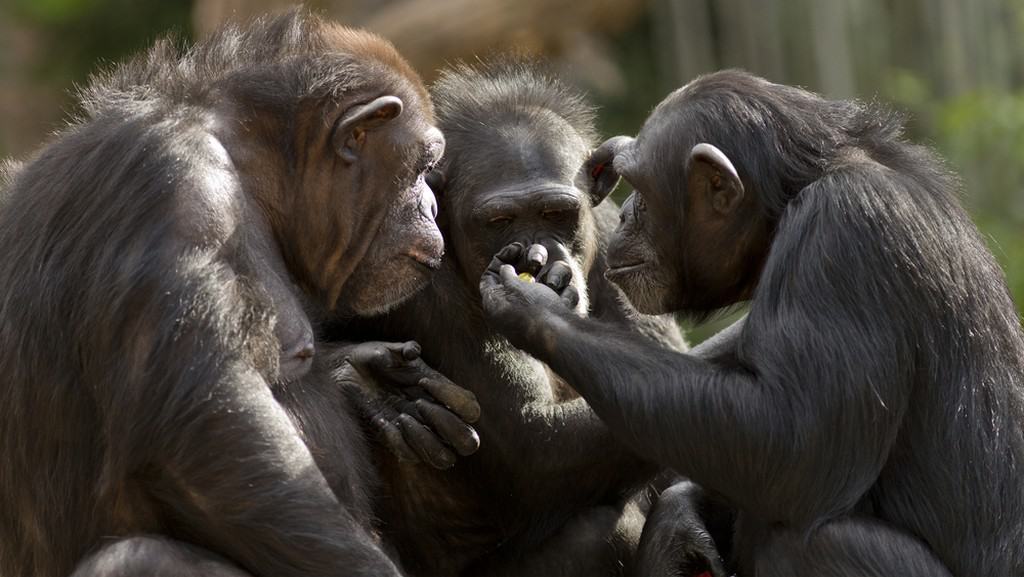
Learning and Memory
The capacity for learning and memory is a significant aspect of intelligence. This includes not just the ability to learn from one’s environment but also from others – a trait known as social learning. Species like chimpanzees and parrots, which can mimic and learn complex behaviors, showcase this aspect of intelligence vividly.
Self Awareness
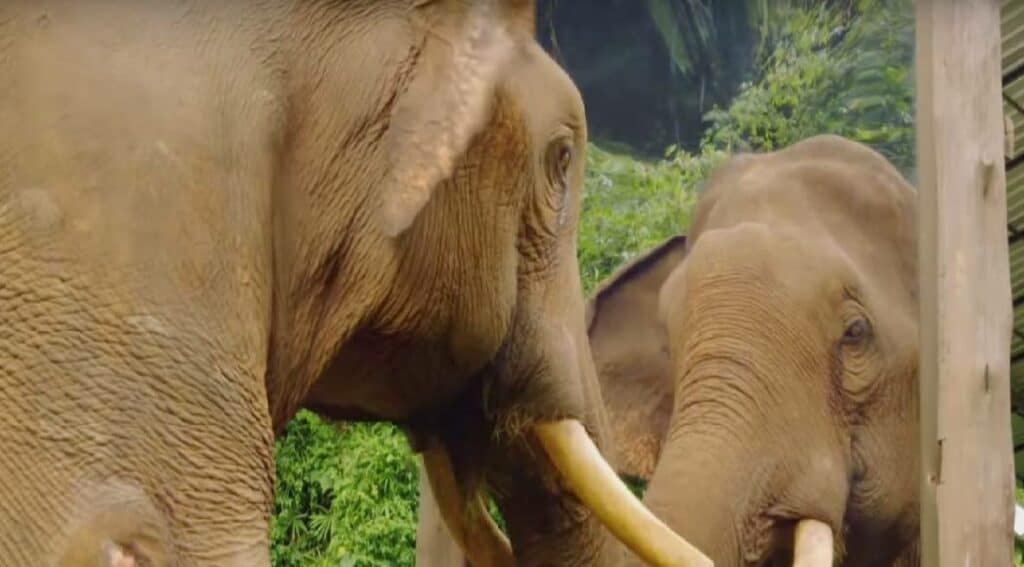
Self-awareness in animals is a complex and fascinating topic in cognitive science. It refers to the ability of an individual to recognize itself as distinct from the environment and others. This awareness is often tested through the “mirror test,” where animals are observed to see if they can recognize themselves in a mirror. Humans don’t understand mirrors until they are 18-to-24 months old.
The following animals have shown signs of self-awareness: great apes (chimpanzees, bonobos, orangutans, and gorillas), dolphins, orcas, elephants, magpies.
It’s important to note that the mirror test has its limitations and not passing it does not necessarily mean an animal lacks self-awareness. It could also mean that the animal is not visually oriented. For example, dogs rely heavily on their sense of smell. So while dogs don’t recognize themselves visually, studies show that they can recognize their own scent.
The Smartest Animals
Now that we have discussed how intelligence is determined in the animal kingdom, let’s talk about the smartest animals on Earth.
1. Chimpanzee
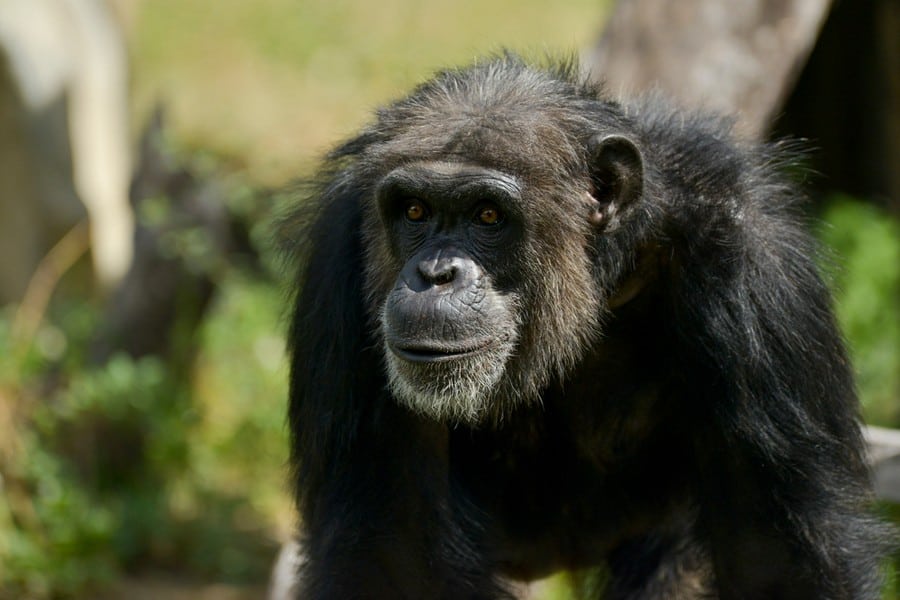
Humans and chimps share a surprising 98.8% of their DNA. They are our closest living relatives and considered by most scientists to be the second most intelligent species on Earth, behind humans. Research on chimpanzees has estimated their IQ between 20 and 25, around the average for a human toddler.
They exhibit advanced problem-solving skills, using tools like sticks to extract insects from tree bark or leaves to scoop water. Studies have shown that they can even recognize themselves in mirrors, an ability indicative of self-awareness—a trait shared by only a few other species.
Most scientists believe the chimpanzee is the “smartest animal in the world,” behind humans.
2. Orangutan
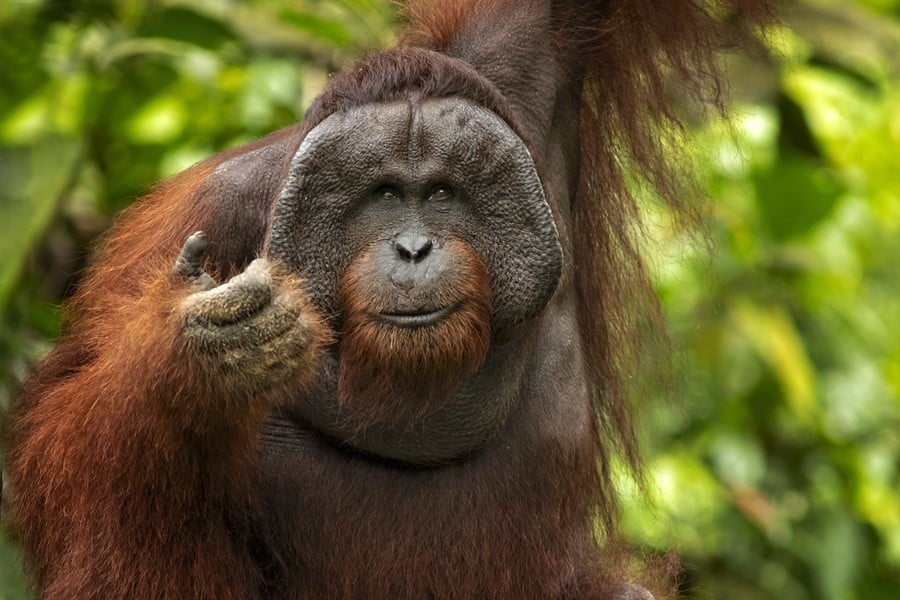
Orangutans, the red-haired apes of the Southeast Asian rainforests, are one of the smartest animals. Studies have shown that orangutans may be more intelligent than chimpanzees when it comes to performing tasks. However, chimpanzees display greater social intelligence.
Orangutans demonstrate an impressive capacity for learning and memory, particularly evident in their ability to craft tools for foraging and shelter building. This skill is not merely instinctual but involves a level of reasoning and foresight, showcasing an understanding of cause and effect.
3. Bonobo

Bonobos are considered one of the most intelligent primates. They are celebrated for their tool-using skills and problem-solving abilities. Studies show that bonobos were more skilled at solving tasks related to theory of mind or an understanding of social causality, while chimpanzees were more skilled at tasks requiring the use of tools and an understanding of physical causality.
Unlike chimpanzees, bonobos exhibit a higher level of empathy and cooperation. Chimpanzee communities are more hierarchical and combative. However, Bonobo conflict-resolution strategies favor social bonding and sharing over aggression. Futhermore, bonobos have a capacity for communication that surpasses even that of orangutans in some respects.
Bonobos are often mistaken for chimpanzees based on their similar appearance. They share 99.6% of their DNA. But, bonobos are slightly smaller and have a more slender build.
4. Dolphin
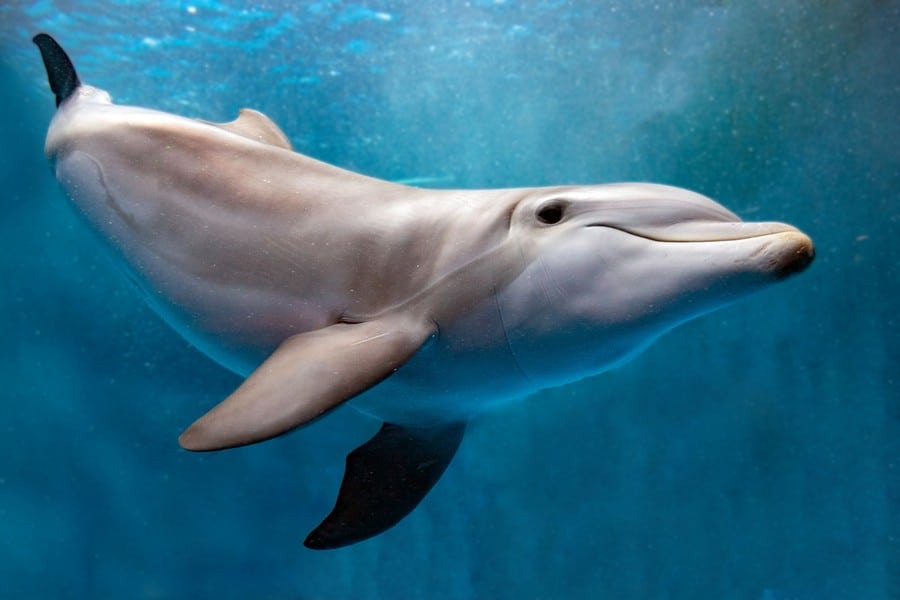
The intelligence of dolphins never ceases to amaze and intrigue. Known for their playful nature and sociability, dolphins exhibit a level of cognitive prowess that places them among the most intelligent species on Earth. In fact, many researchers believe dolphins may be smarter than chimpanzees. One of the most striking demonstrations of dolphin intelligence is their use of echolocation, which requires not only advanced sensory perception but also complex processing capabilities.
Additionally, dolphins live in intricate social networks and engage in cooperative behaviors, such as coordinated hunting strategies. Dolphins can recognize themselves in mirrors, a sign of self-awareness that is rare in the animal kingdom.
5. Elephant
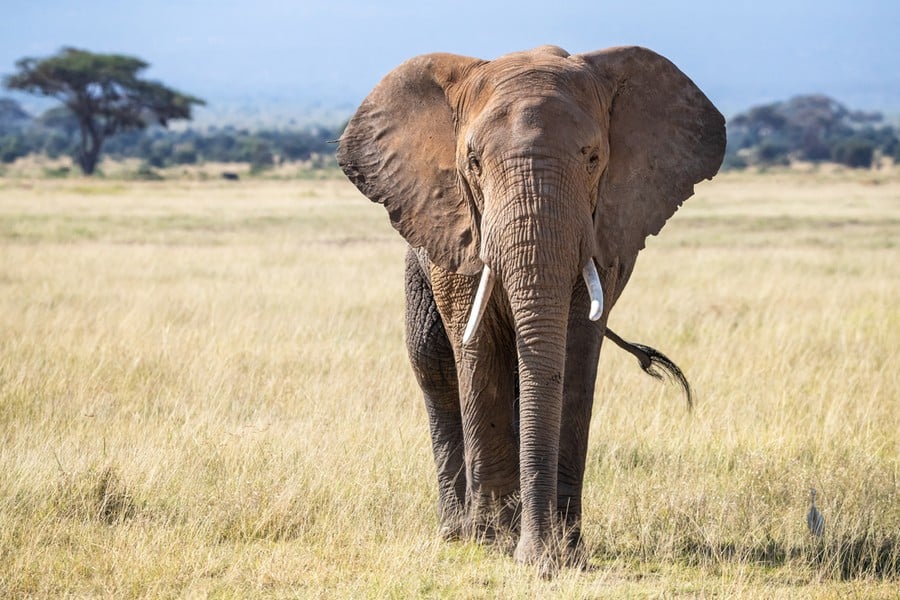
They say that “an elephant never forgets.” And it’s true that an elephant’s intelligence is epitomized by their exceptional memory. They can recall intricate migration routes, remember the faces of other elephants, and even mourn their deceased companions. Their complex social structures and the intricate bonds they form highlight their emotional depth and cognitive prowess.
In captivity, gorillas have been taught sign language, with some individuals like Koko demonstrating the ability to communicate complex thoughts and emotions. This ability to learn and communicate through sign language reveals not just their linguistic capabilities but also their emotional and cognitive complexity.
6. Raven, Crow & Magpie
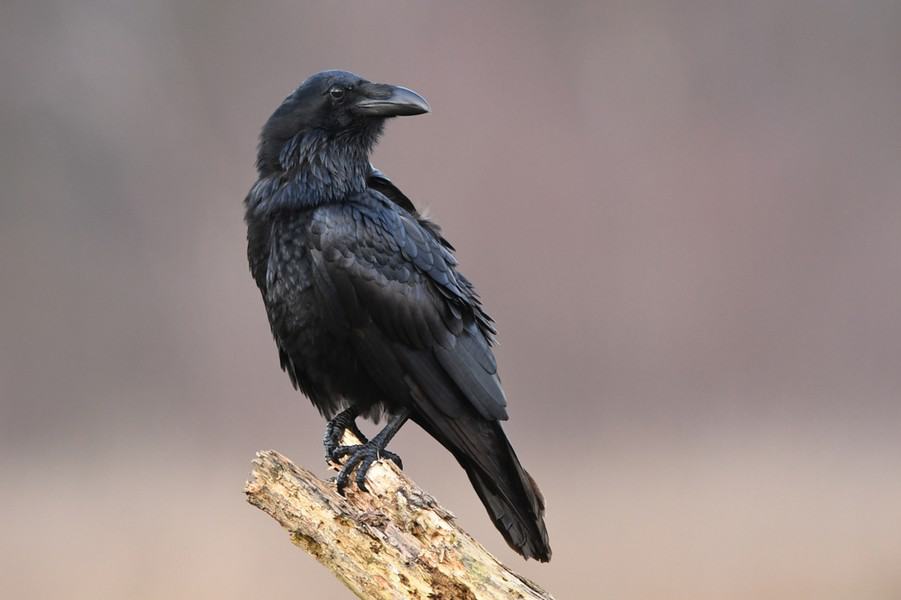
Ravens, crows and magpies are members of the corvid family. These birds have long been associated with intelligence and cleverness. They are known for their problem-solving skills, even understanding cause-and-effect relationships. They have been observed crafting intricate tools from natural materials to obtain hard-to-reach food sources.
Studies have shown that ravens can plan for the future, indicating a high level of cognitive sophistication.
7. Gorilla
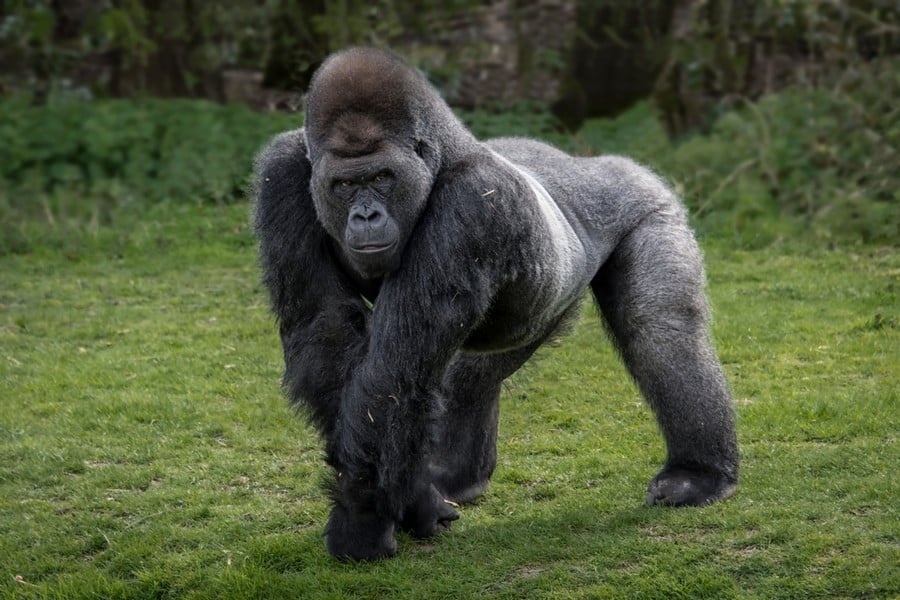
Gorillas are the largest of the great apes. In addition to their size and strength, they are also highly intelligent beings. Compared to chimpanzees, gorillas are calm, reserved and patient. They are less adaptable and curious than chimpanzees and they don’t show the same inclination to imitate. Gorillas have been observed using sticks to gauge water depth and leaves as umbrellas, showing an understanding of their environment and the ability to manipulate it.
8. Orca
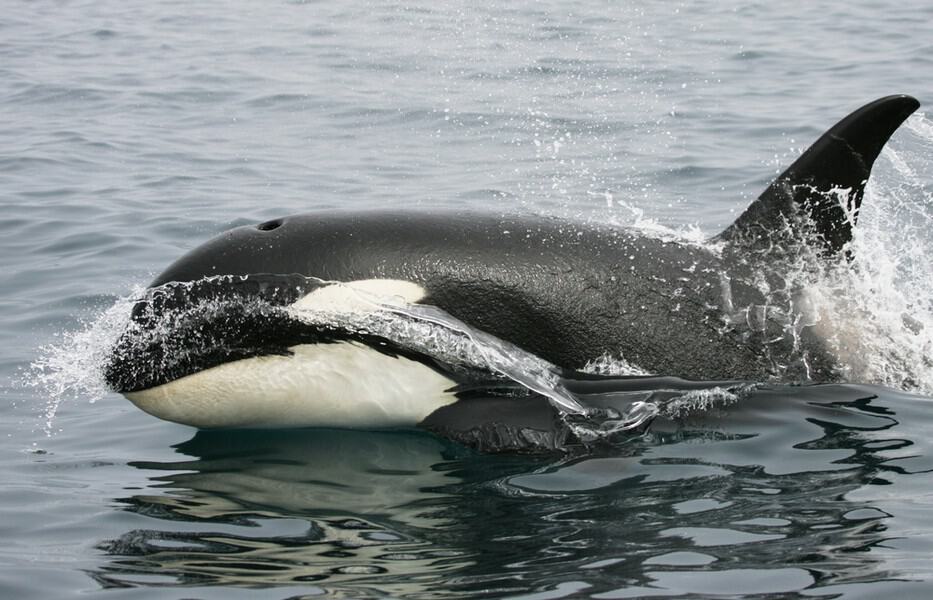
Orcas, or killer whales, are not just apex predators of the ocean but also incredibly intelligent beings. Orcas live in tightly-knit family groups led by matriarchs. Their social dynamics are intricate, characterized by deep bonds, cooperative hunting strategies, and emotional intelligence.
One of the most striking displays of orca intelligence is their ability to learn and pass on hunting techniques. Different pods have unique hunting strategies, adapted to their specific environments, which are taught across generations. This cultural transmission of knowledge is a hallmark of high cognitive function.
9. African Grey Parrot
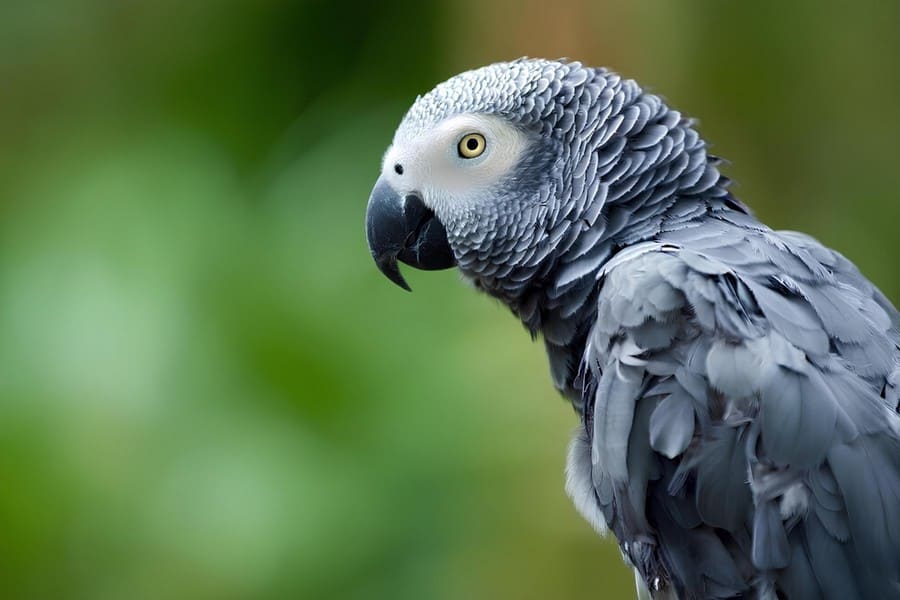
African grey parrots demonstrate a level of intelligence that rivals that of great apes in some aspects.
The most famous African grey, Alex, trained by psychologist Irene Pepperberg, showed abilities in understanding concepts like color, shape, and number. Alex could communicate using words, understand abstract concepts like ‘bigger’ and ‘smaller’, and even express desires and frustrations. This level of cognitive ability in a bird challenges many preconceived notions about animal intelligence.
10. Dog, Wolf, Fox & Coyote

Dogs have earned their reputation as “man’s best friend” not only due to their loyalty but also their intelligence. They possess an incredible ability to understand human gestures and expressions, making them exceptional communicators. Dogs can be trained to perform a wide range of tasks, from guiding the visually impaired to detecting medical conditions through scent.
Their wild counterparts – the wolf, fox, and coyote, are also smart animals. It is hard to say which of the canines is the most intelligent as each seems to better than the others when performing different tasks.
11. Pig
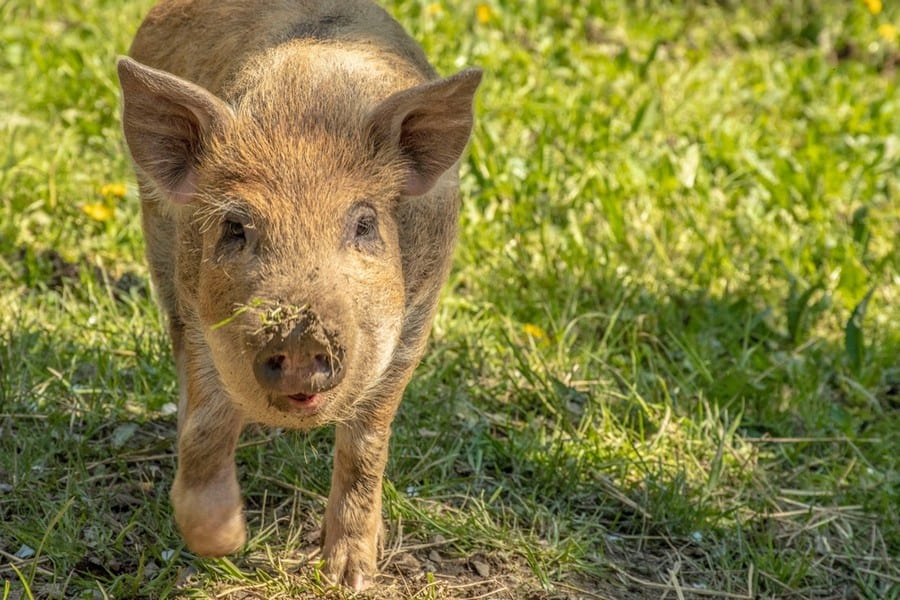
Pigs often suffer from stereotypes, but research has revealed their intelligence. Studies have found they’re smarter than dogs and 3-year-old children. They can learn complex tasks, recognize symbols, and even play simple video games. Pigs also possess an impressive ability to understand human emotions, making them empathetic and socially aware animals.
12. Cat
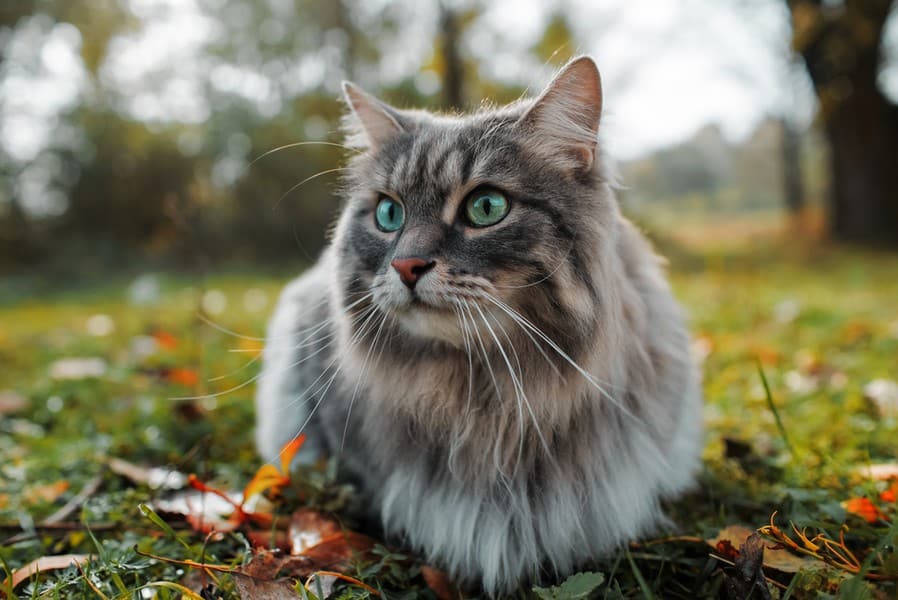
Cats, revered for their enigmatic and independent nature, exhibit a type of intelligence that is markedly different from the more socially oriented intelligence of dogs. Felines possess a cunning and resourceful intellect, honed through their evolution as solitary hunters. Their problem-solving skills, evident in their ability to manipulate objects and navigate complex environments, speak to a sharp and practical intelligence.
Cats are also masters of learning through observation and have a well-developed sense of self-preservation.
13. Octopus

Octopuses are among the most intriguing creatures in the ocean. With their ability to change color, texture, and shape, they are masters of camouflage. The ability to mimic other animals suggests a high level of cognitive ability as it requires not only an awareness of other creatures but also the ability to replicate their behaviors and appearances.
Octopuses can solve complex puzzles, navigate mazes, and even unscrew jars to access food. Their problem-solving skills and adaptability showcase their intelligence and resourcefulness.
14. Cuttlefish

Apart from octopuses, other cephalopods like cuttlefish and squids also exhibit high levels of intelligence. Some cephalopods have more than 500 million neurons. In comparison, the rat, which is a smart creature itself, has 200 million. They are known for their ability to learn quickly, solve puzzles, and display intricate behaviors.
Cuttlefish can use their chromatophores to change color and create mesmerizing displays to communicate and confuse predators. It is believed that squids are slightly less intelligent than octopuses and cuttlefish.
15. Squirrel
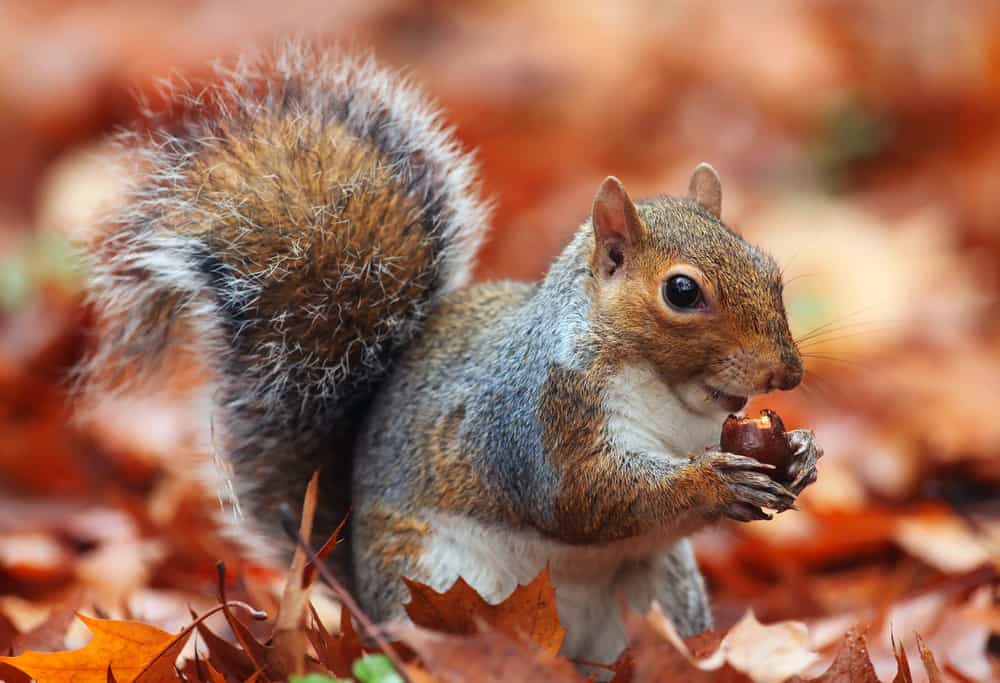
Squirrels, those agile and lively creatures commonly seen in gardens and forests, exhibit a fascinating level of intelligence, especially in their problem-solving and memory skills. A standout trait is their keen spatial memory, which they use to relocate their food caches. Squirrels bury hundreds of nuts and seeds each year and can remember the locations of these caches with impressive accuracy. This ability suggests a sophisticated cognitive mapping and an understanding of their environment that goes beyond basic instinct.
Furthermore, squirrels display cunning behaviors, such as creating fake caches to deceive potential thieves, indicating a level of strategic thinking and awareness of other animals’ behaviors. This deceptive tactic not only highlights their intelligence but also their adaptability in protecting their resources.
BONUS: Rat

Rats, often unjustly maligned, are actually among the most intelligent of rodent species. Their cognitive abilities are particularly evident in their problem-solving skills. In laboratory settings, rats have been known to excel in navigating mazes, demonstrating their capacity to learn, remember, and adapt to new information. This ability to remember solutions to complex tasks and apply them in different contexts speaks to a high level of intelligence and cognitive flexibility.
Rats also exhibit strong social intelligence; they are capable of empathetic behaviors and can show distress when another rat is in discomfort. In urban environments, rats have developed sophisticated survival strategies, showcasing their ability to adapt to diverse and challenging habitats. These adaptive skills reflect an intelligence that is practical, versatile, and often underestimated.



























































